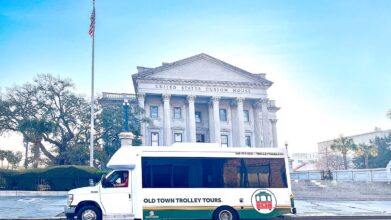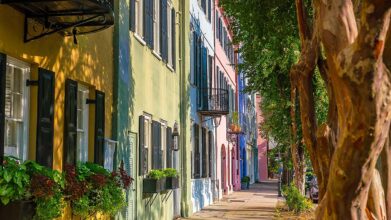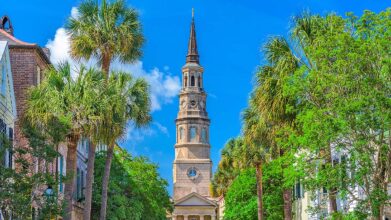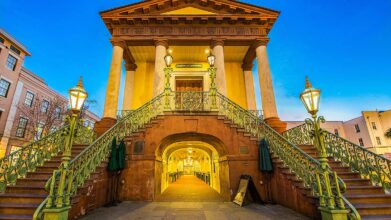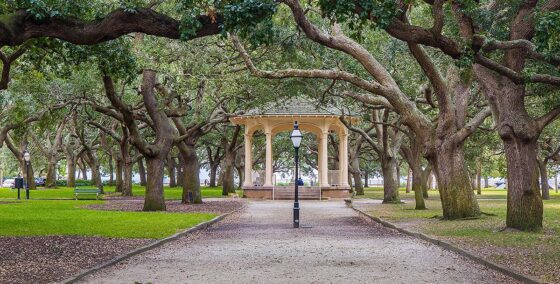Charleston Visitor Center
375 Meeting Street, charleston
Tickets Sold at this Stop
Situated in the historic Deans Warehouse, built between 1840 and 1856, it is recognized as a National Historic Landmark District.
Hampton Park
30 Mary Murray Dr, Charleston, SC 29403
One of Charleston's largest parks, it showcases the most varied floral exhibits of all the parks in the area.
Battery Point
The Battery, Charleston, SC 29401
This historic seawall and walkway was named after a pre–Civil War coastal defense battery built by the British at this location.
City Market
112 N Market St, Charleston, SC 29401, USA
Cross streets: Meeting Street and Market Street.
Stop is at the Planters Inn, corner of Meeting Street and Market Street. In front of the Planters Inn is a CARTA bus stop.
Charleston Visitor Center
375 Meeting Street, charlestonTickets Sold at this Stop
Situated in the historic Deans Warehouse, built between 1840 and 1856, it is recognized as a National Historic Landmark District.
Hampton Park
30 Mary Murray Dr, Charleston, SC 29403One of Charleston's largest parks, it showcases the most varied floral exhibits of all the parks in the area.
Battery Point
The Battery, Charleston, SC 29401This historic seawall and walkway was named after a pre–Civil War coastal defense battery built by the British at this location.
City Market
112 N Market St, Charleston, SC 29401, USACross streets: Meeting Street and Market Street.
Stop is at the Planters Inn, corner of Meeting Street and Market Street. In front of the Planters Inn is a CARTA bus stop.
- Stops

- Parking

Charleston Visitor Center
Points of Interest
Share with your friends!
Points of Interest
Complete Guide To King Street in Charleston
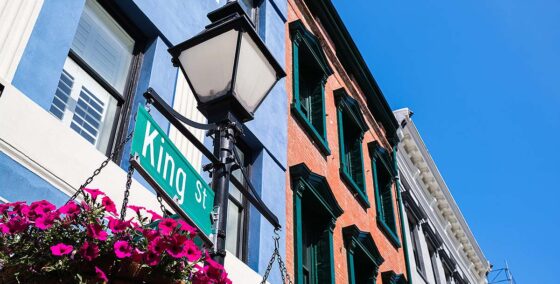
Discover the vibrant heart of Charleston along King Street, a fantastic adventure for the whole family! Explore three exciting sections: Lower King, where you can uncover fascinating antiques and treasures from Charleston’s past; Middle King, a shopper’s paradise filled with familiar favorites and unique local finds perfect for souvenirs; and Upper King, a lively spot with cool design shops and delicious restaurants everyone will enjoy. King Street offers a fun and memorable way to experience the charm of the city.
Charleston Museum
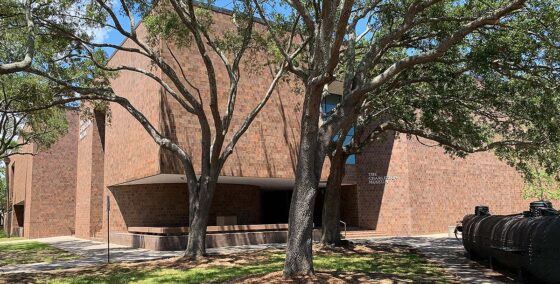
Founded in 1773, the Charleston Museum is known as America’s first museum. Its exhibits explore the city’s history, from colonial artifacts to Civil War relics. The museum also houses collections on natural history, decorative arts, and historic textiles, giving visitors a well-rounded look at Charleston’s past. It also offers educational programs and guided tours.
Joseph Manigault House
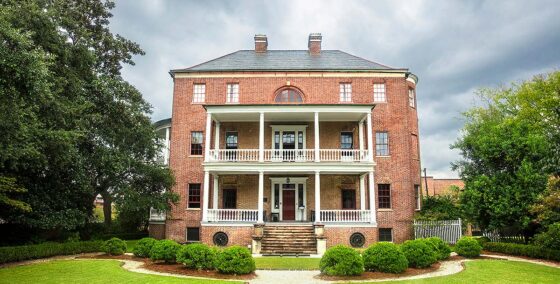
A beautiful example of Federal-style architecture, the Joseph Manigault House offers a glimpse into Charleston’s early 19th-century history. Constructed in 1803 for a wealthy rice planter’s family, the home showcases the style and craftsmanship of the time. Its grand spiral staircase, decorative plasterwork, and antique furnishings highlight the era’s elegance. The house also shares stories of the many people who lived and worked there, providing a deeper understanding of Charleston’s past.
Children's Museum of the Lowcountry
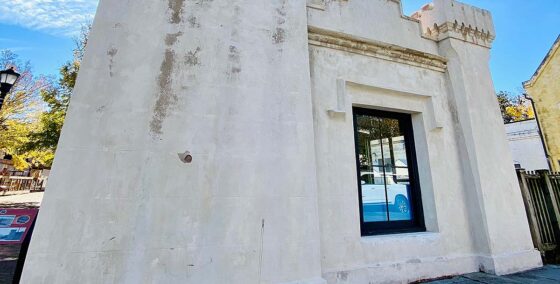
A great spot for families, the Children’s Museum of the Lowcountry is designed for hands-on fun and learning. Kids can explore a medieval castle, climb aboard a pirate ship, and get creative in the art studio. The museum also offers programs that introduce science, engineering, and Charleston’s history in ways that make learning exciting.
Aiken-Rhett House
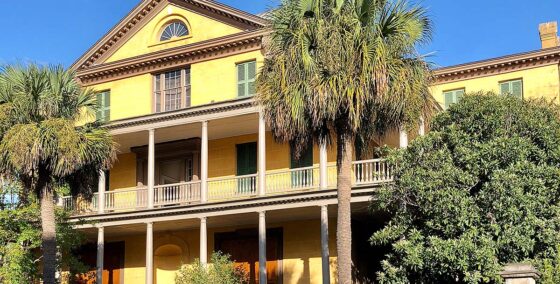
The Aiken-Rhett House offers a rare look into Charleston’s past. Built in the early 1800s, the home has been preserved rather than fully restored, keeping many of its original features. The house also includes one of the best-preserved slave quarters in the city. Walking through the property gives visitors a powerful sense of what life was like in antebellum Charleston.
Marion Square
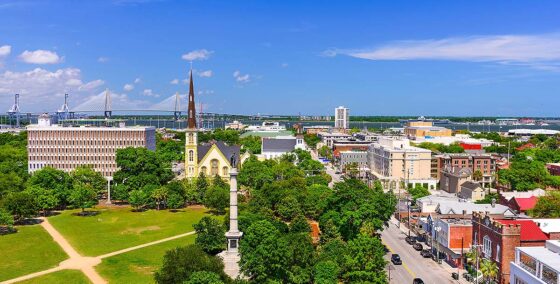
Marion Square is a historic green space in downtown Charleston that has been a gathering place for events and community activities for over a century. Named after Revolutionary War hero Francis Marion, the square features monuments, shady trees, and open lawns. It was once used as a military parade ground and now hosts festivals, farmers’ markets, and public gatherings.
The Best Friend Train Museum
Charleston played an important role in early rail history, and the Best Friend Train Museum shares that story. It honors the Best Friend of Charleston, the first regularly scheduled passenger train in the U.S., which made its first trip on Christmas Day in 1830. This train changed the way people traveled and did business across the country. Though the original train was destroyed in a boiler explosion, the museum keeps its history alive with exhibits and replicas.
 Charleston Visitor Center
Charleston Visitor Center
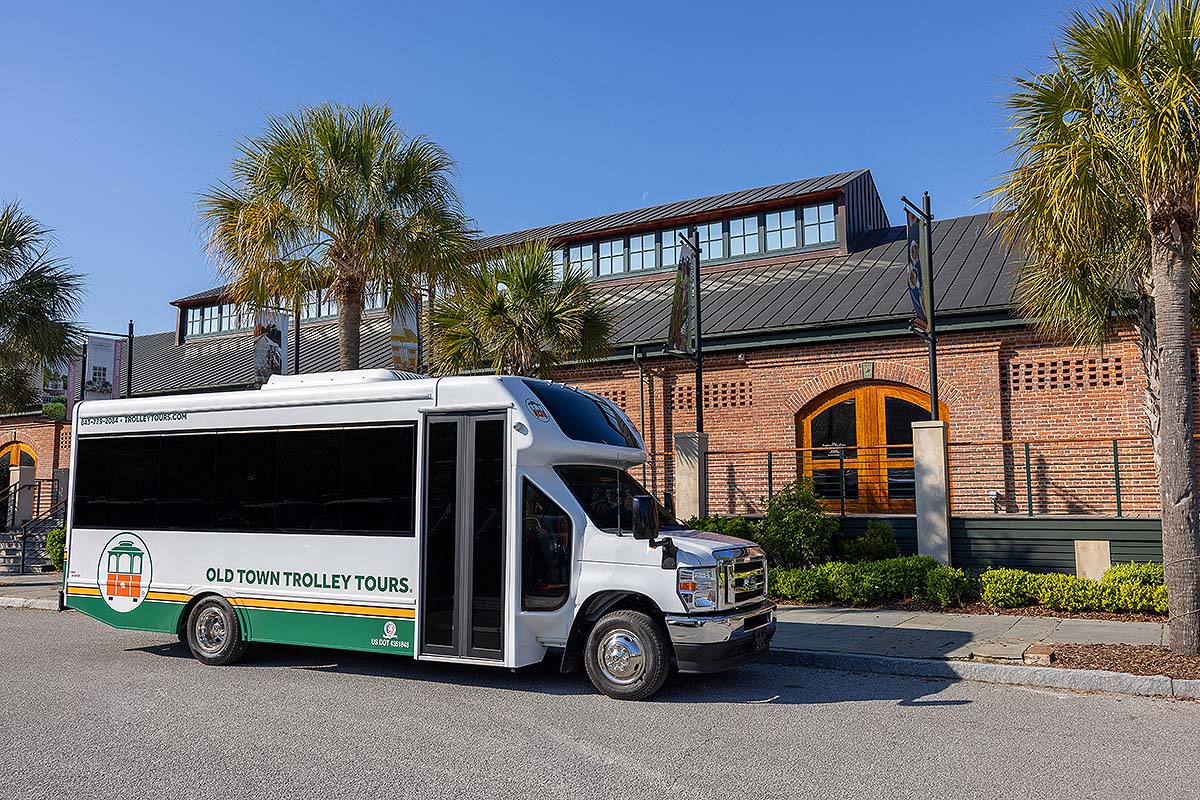
Once a busy railroad station, the Charleston Visitor Center now helps visitors explore the city’s history. Located in a restored 19th-century depot, it offers maps, brochures, and helpful tips for discovering Charleston’s many attractions. The building is a historic landmark, with original features that highlight the city’s dedication to preserving its past.
Hampton Park
Points of Interest
Share with your friends!
Points of Interest
Rose Pavilion at Hampton Park
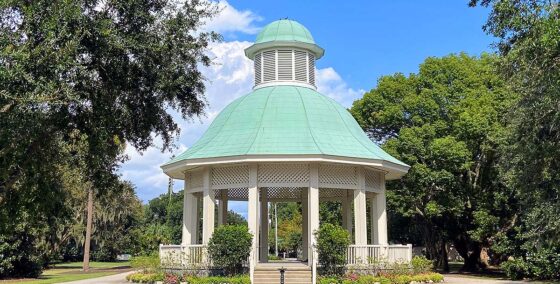
Located within Hampton Park, the Rose Pavilion is a charming structure surrounded by colorful flowers and greenery. It provides a peaceful setting for picnics, small gatherings, and photos. The pavilion’s beautiful design and tranquil atmosphere make it a favorite spot for locals and visitors looking to relax and enjoy nature.
First Memorial Day Marker
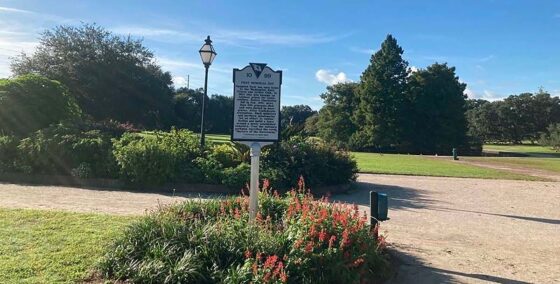
This marker in Hampton Park commemorates one of the earliest observances of Memorial Day in the United States. After the Civil War ended, formerly enslaved people gathered in this area to honor Union soldiers who had died in Charleston. This historic moment laid the foundation for what would become a national tradition of remembering fallen soldiers.
 Hampton Park
Hampton Park
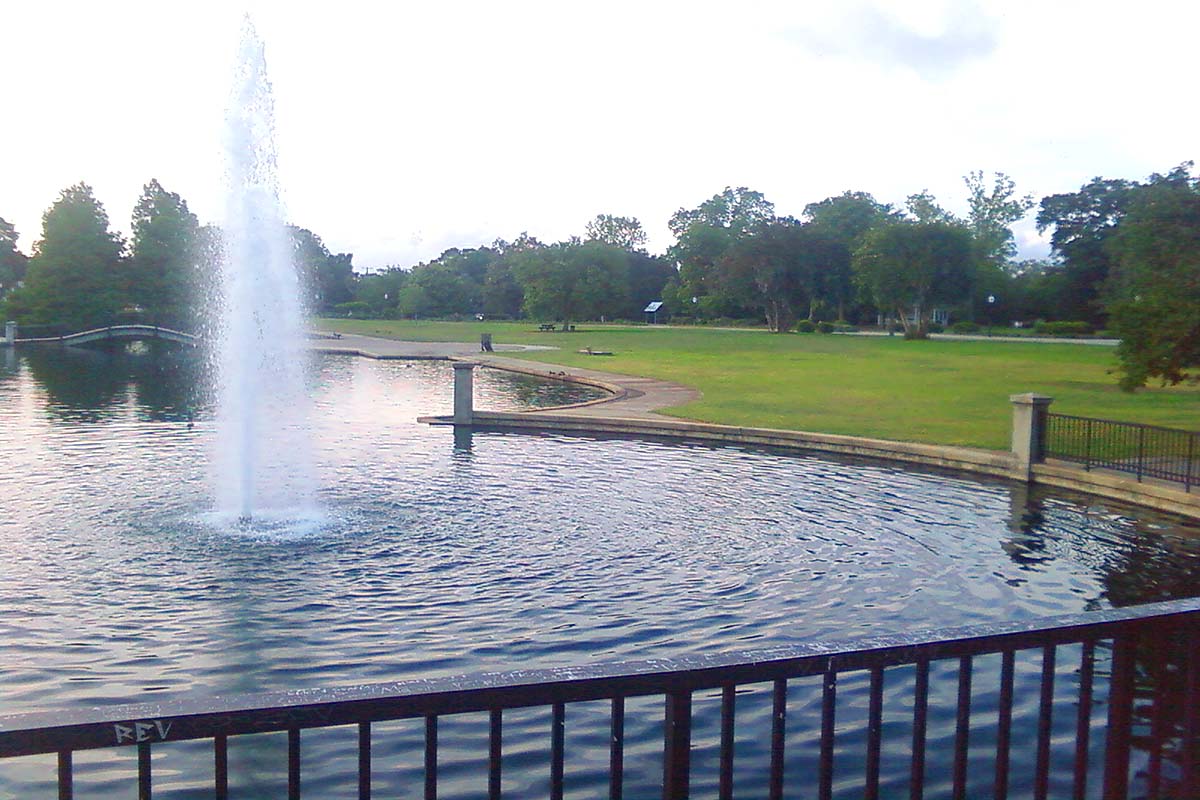
Hampton Park is the largest public park on the Charleston peninsula, covering 60 acres. It was once a horse racetrack and later became the site of one of the earliest Memorial Day celebrations, where formerly enslaved people honored Union soldiers. Today, the park is a peaceful place with walking trails, flower gardens, and picnic areas. The park is also home to a variety of wildlife, including ducks, herons, and turtles that can be seen near the water.
The Battery
Points of Interest
Share with your friends!
Points of Interest
Complete Guide to Fort Sumter in Charleston
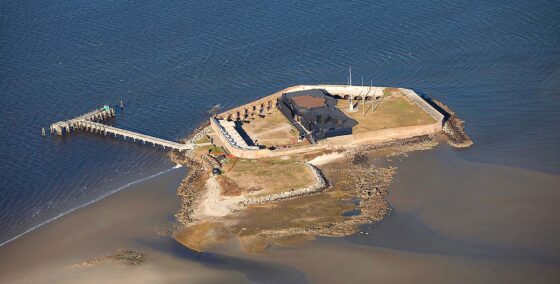
Fort Sumter, located in Charleston Harbor, South Carolina, is one of the most important landmarks in American history. It was here, on April 12, 1861, that the first shots of the Civil War were fired. Although construction had started decades earlier, Fort Sumter was still incomplete when Confederate forces opened fire on the Union garrison stationed inside. That moment marked the beginning of a long and devastating war that would reshape the nation.
Built on a man-made island near the entrance to the harbor, Fort Sumter was originally intended to strengthen Charleston’s coastal defenses. Once it fell into Confederate hands, the fort became a symbol of southern resistance. It endured nearly constant bombardment from Union forces throughout the war and suffered heavy damage in the process. Despite this, the Confederacy held it until early 1865, when Charleston was evacuated and Union troops reclaimed the site.
Today, Fort Sumter stands as a powerful reminder of the war’s beginnings and the deep divisions that led to it. Visitors can walk among its remains, take in the harbor views, and learn about the events that unfolded on this small but significant piece of land. Accessible only by boat, Fort Sumter offers a unique and moving look into America’s past.
Edmondston-Alston House
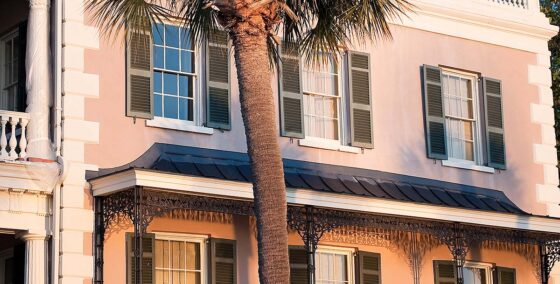
Overlooking Charleston Harbor, the Edmondston-Alston House has been part of the city’s history since 1825. It was first built by a shipping merchant before being bought by the Alston family, who still own it today. The house is known for its grand columns, beautiful views, and antique furnishings that take visitors back in time. During the Civil War, Confederate General P.G.T. Beauregard stood on its piazza and watched the first shots of the war.
Rainbow Row
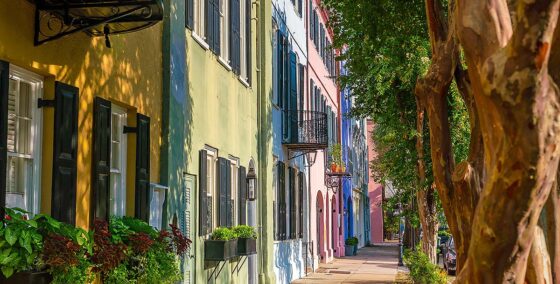
Rainbow Row is one of Charleston’s most famous landmarks. These pastel-colored homes along East Bay Street were built in the 1700s and restored in the 1930s. Some say the bright colors helped sailors find their way home, while others believe it was simply a trend. The row has since become one of the most photographed spots in Charleston, drawing visitors from around the world.
Old Exchange and Provost Dungeon
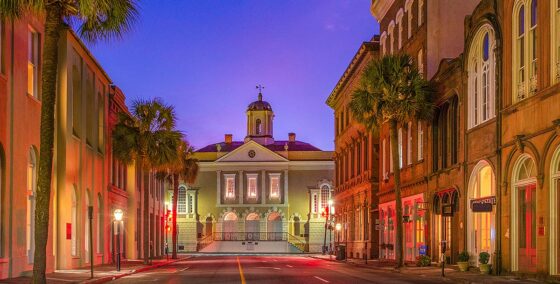
Constructed in 1771, the Old Exchange and Provost Dungeon has played many roles in Charleston’s history. It served as a customs house, a meeting place for revolutionaries, and even a prison during the Revolutionary War. Today, it offers tours that explore its underground dungeon and historic halls. Some say the spirits of former prisoners still linger within its walls.
White Point Garden
The Palmer Home
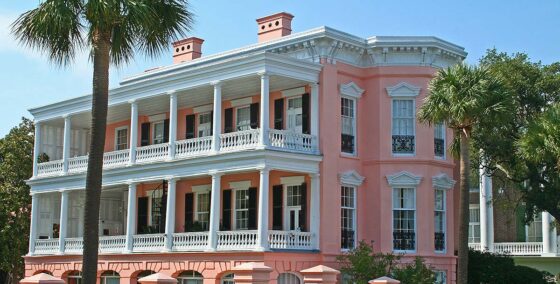
The Palmer Home is a grand pink mansion overlooking the Battery in Charleston. Built in the 1800s, it’s known for its Italianate architecture, sweeping porches, and beautiful views of the harbor. Today, it serves as a private residence and a bed-and-breakfast, giving guests a chance to experience Charleston’s historic charm.
54th Massachusetts Infantry Memorial
This memorial honors the brave soldiers of the 54th Massachusetts Infantry Regiment, one of the first African American units to fight in the Civil War. The regiment’s heroic actions during the Battle of Fort Wagner in 1863 are remembered as a symbol of courage and sacrifice. The memorial stands as a testament to their service and dedication.
 The Battery
The Battery
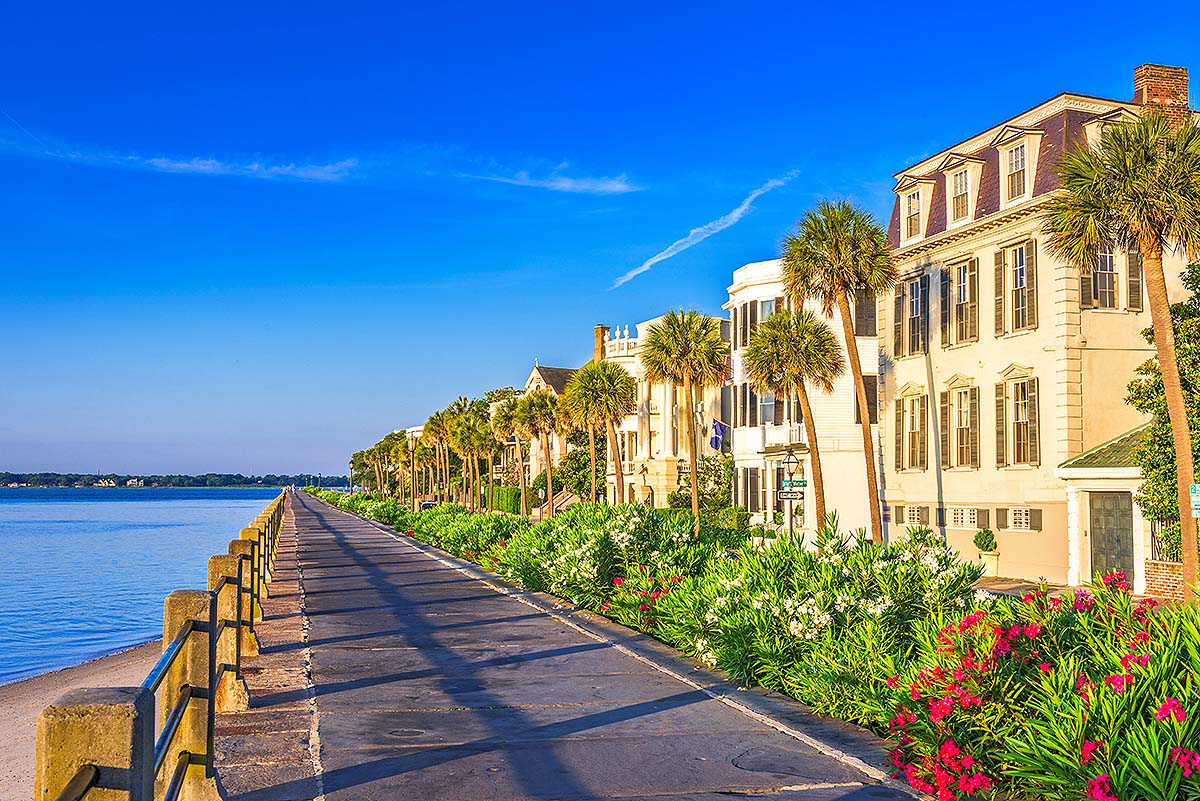
Battery Park is one of Charleston’s most historic waterfront areas, offering sweeping views of the harbor. Once a strategic military defense site, it played a key role in protecting the city from naval attacks during the Civil War. Today, the area is known for its grand antebellum mansions, tree-lined streets, and White Point Garden, a park filled with historic cannons and monuments. The combination of history and scenic beauty makes Battery Park one of Charleston’s most iconic locations.
City Market
Points of Interest
Share with your friends!
Points of Interest
St. Philip's Church
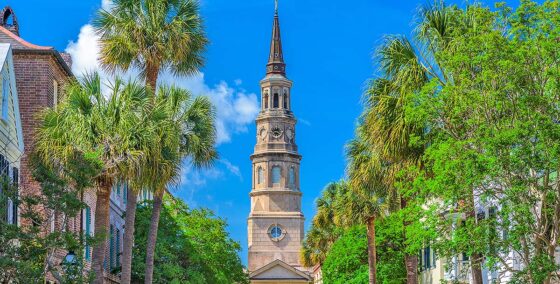
With its tall steeple, St. Philip’s Church is easy to spot. It was first built in the late 1600s, but the current building dates back to 1838. The church is known for its beautiful design and for being the final resting place of some of America’s founding figures, including signers of the Declaration of Independence. Sailors once used its steeple as a guide when sailing into Charleston Harbor, showing just how important it has been to the city for centuries.
Gibbes Museum of Art
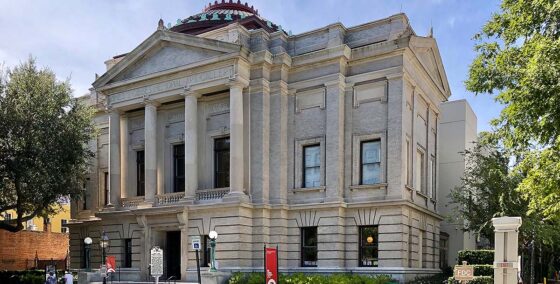
The Gibbes Museum of Art celebrates Southern artists and features paintings, sculptures, and decorative arts. Its collection spans from the 18th century to today, showcasing Charleston’s artistic history and culture. The museum also offers rotating exhibits, highlighting both regional and international artists.
 City Market
City Market
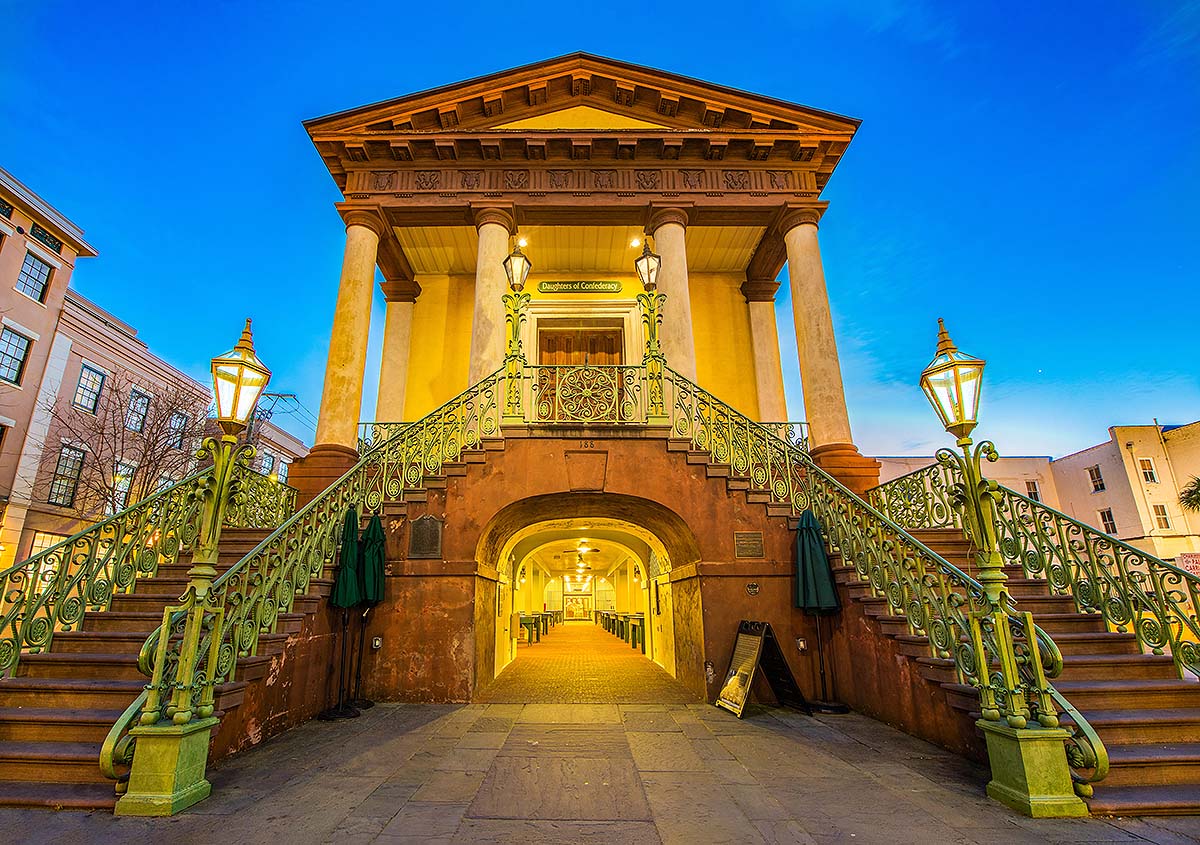
The Charleston City Market serves as a central hub for visitors seeking a taste of local culture and history. This comprehensive guide provides insights into the market’s layout, highlighting the diverse offerings, from handcrafted souvenirs to the celebrated sweetgrass baskets, a tradition passed down through generations of Gullah Geechee artisans, descendants of enslaved Africans who worked on coastal plantations in the lower Atlantic states of North Carolina, South Carolina, Georgia and Florida. These descendants preserve unique African cultural traditions and a creole language.
Discover the market’s historical roots, stretching back to the late 1700s, and learn what unique items await within its historic sheds and Market Hall. Whether you’re looking for a special keepsake, a local snack or simply a walk through a significant marketplace, the Charleston City Market offers a distinctive experience in the heart of the city.

